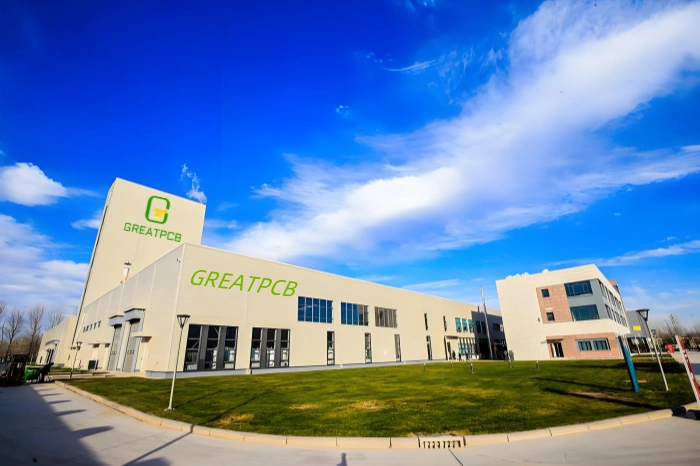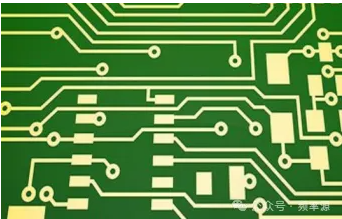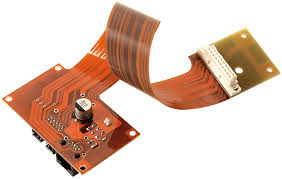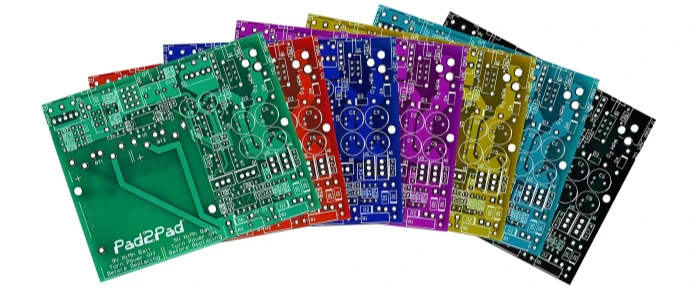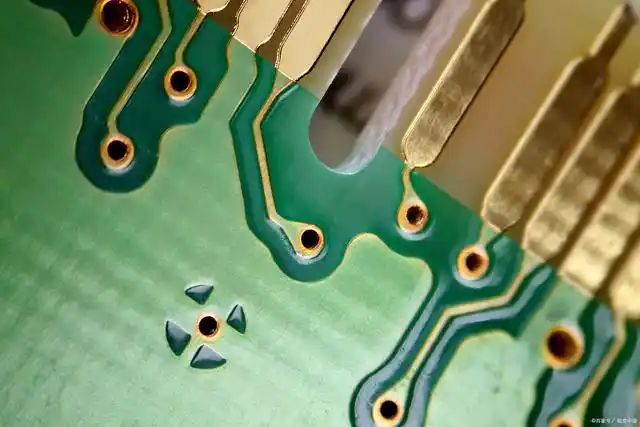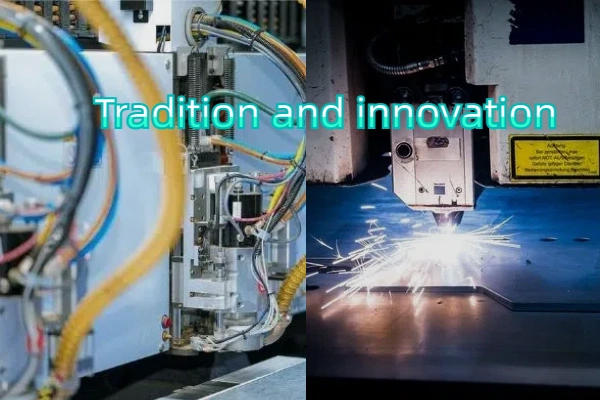In PCB Reverse Engineering Process, How to Correct Deformed Films?
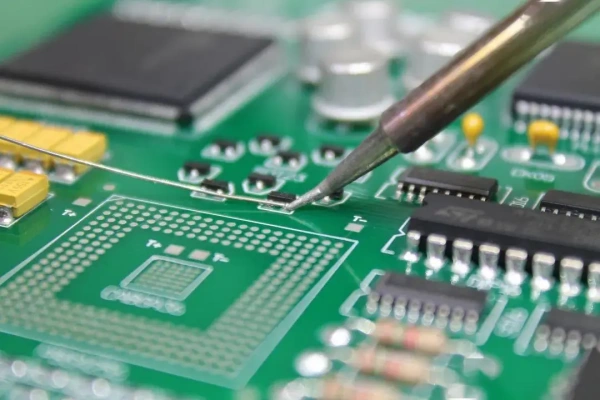
In the PCB reverse engineering process, sometimes the film may deform due to failure of temperature and humidity control or excessive heat rise in the exposure machine. If the process continues, it will negatively impact the final quality and performance of the PCB. Discarding the deformed film directly will lead to cost losses. So, what solutions are available to correct the already deformed films?
Splicing Method:
This method is suitable for films with less dense traces and inconsistent deformation across layers, especially for correcting solder mask films and power/ground plane films in multi-layer PCBs.
Specific Operation: Cut out the deformed sections of the film, align them with the hole positions on the drilling test board, and re-splice them. Then, create a copy of the corrected film. This method is ideal for simple deformations, with wider trace widths and spacings. It is not suitable for films with high trace density or traces narrower than 0.2mm.
Note during Splicing: Take care to avoid damaging traces or pads. When reworking the copied film, ensure the correct alignment of all patterns.
Modifying Hole Positions in PCB Reverse Engineering:
This method is suitable for films with dense traces or where the deformation is consistent across all layers.
Specific Operation: Compare the film with the drilling test board, measure and record the dimensions of the holes on the test board. On a digital programming system, adjust the hole positions based on the deformation in length and width, then modify the test board to match the deformed film.
The advantage of this method is that it eliminates the tedious task of splicing and guarantees the integrity and precision of the pattern.
The downside is that it is less effective for films with severe or uneven deformation.
To use this method, operators must be proficient in using the digital programming system. After adjusting the hole positions, any holes exceeding the tolerance must be recalibrated to ensure accuracy.
Pad Overlap Method:
This method is suitable for films with trace widths and spacings greater than 0.30mm and with less dense patterns.
Specific Operation: Enlarge the holes on the test board into pads to overlap with the deformed trace sections, ensuring that the minimum annular ring width complies with the technical requirements.
After copying, the pads will appear elliptical. The overlap may introduce halos and deformations around the edges of the traces and pads. If strict appearance requirements for the PCB are needed, this method should be used cautiously.
Photography Method:
This method is only suitable for silver halide films, typically used when drilling a test board is not feasible, and the deformation ratio of the film in both the length and width directions is consistent.
Operation: Use a camera to magnify or shrink the deformed pattern.
This method often requires several adjustments to achieve the desired circuit pattern. When photographing, be sure to focus accurately to avoid distortion of the traces.
Hanging Method:
This method is suitable for films that have not yet deformed and can also prevent deformation after copying.
Specific Operation: Before copying the film, remove it from its sealed bag and hang it in the working environment for 4–8 hours. By allowing the film to deform before copying, the likelihood of further deformation after copying is minimized. For films that are already deformed, other corrective methods should be used.
Since the film’s deformation is sensitive to changes in temperature and humidity, it is essential to ensure that the environment for hanging the film matches the temperature and humidity of the workspace. The film should be hung in a well-ventilated and dark environment to prevent contamination.
These are corrective methods for deformed films in PCB reverse engineering. However, engineers should also take proactive steps to prevent film deformation. In PCB reverse engineering processes, temperature should be tightly controlled at 22±2°C, humidity at 55%±5%RH, and exposure machines with cold light sources or cooling systems should be used. Backup films should be regularly replaced to ensure consistent quality.
Related Posts
PCBA Prototype
April 6, 2025
PCBA Prototype
March 25, 2025



